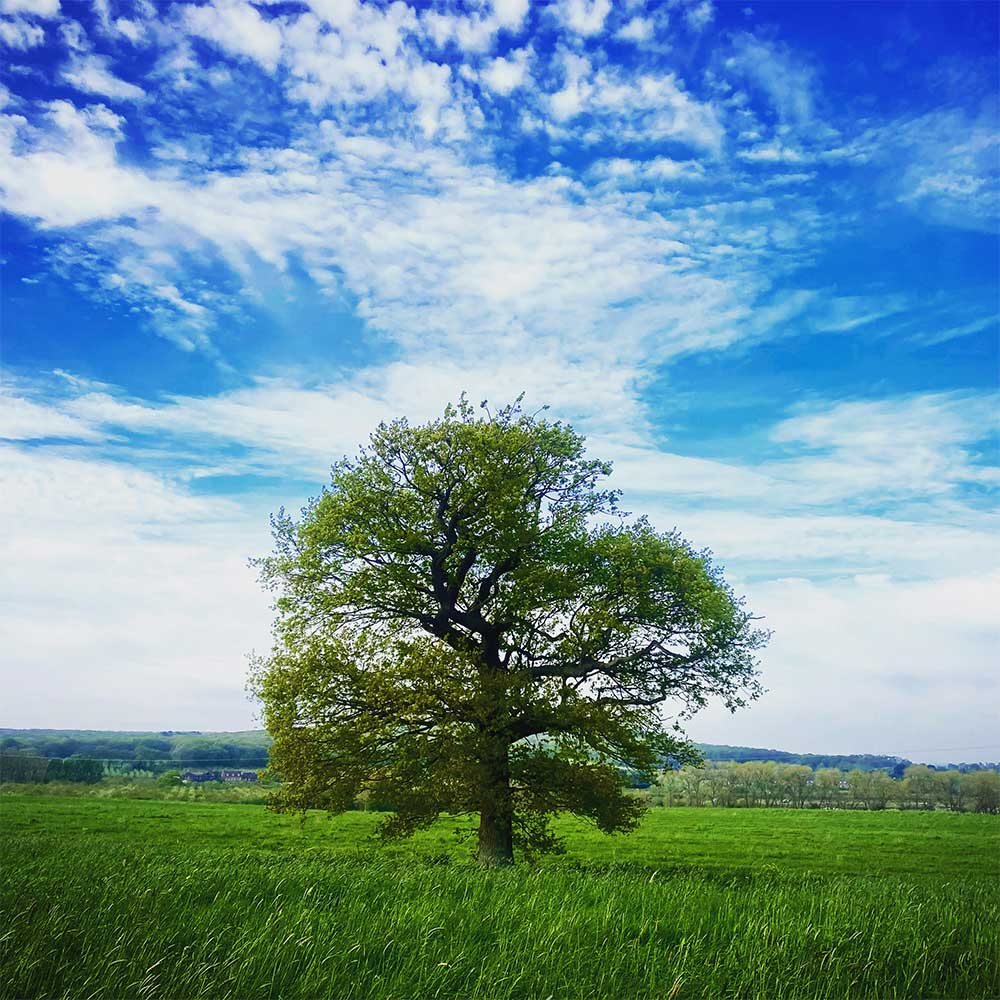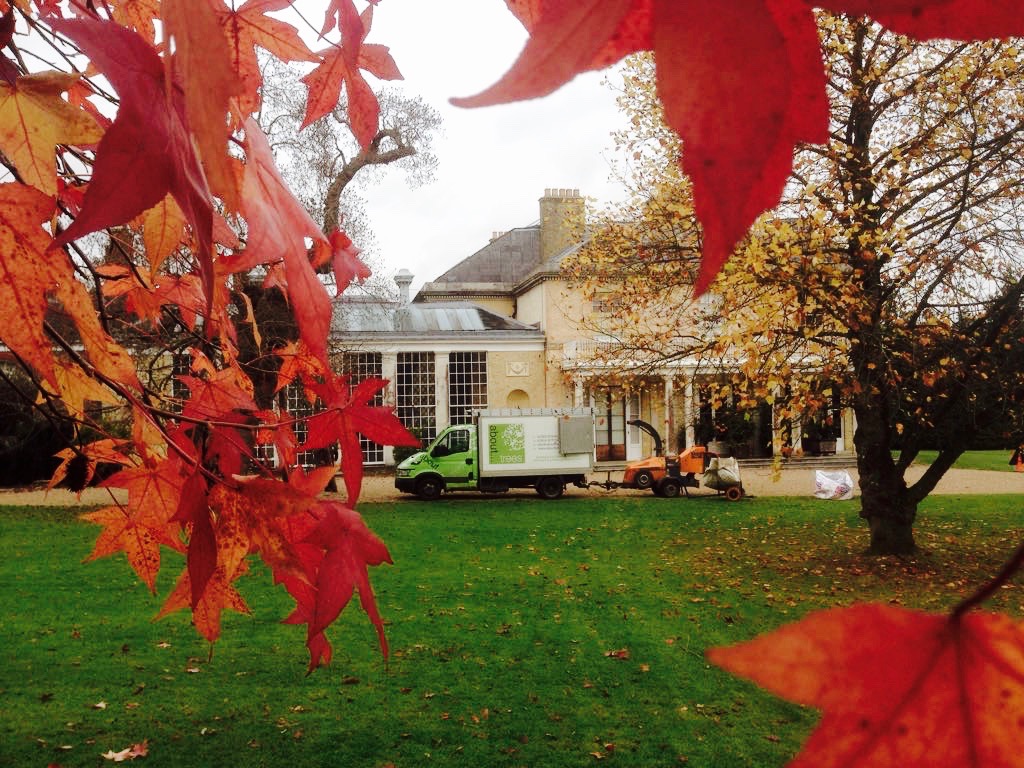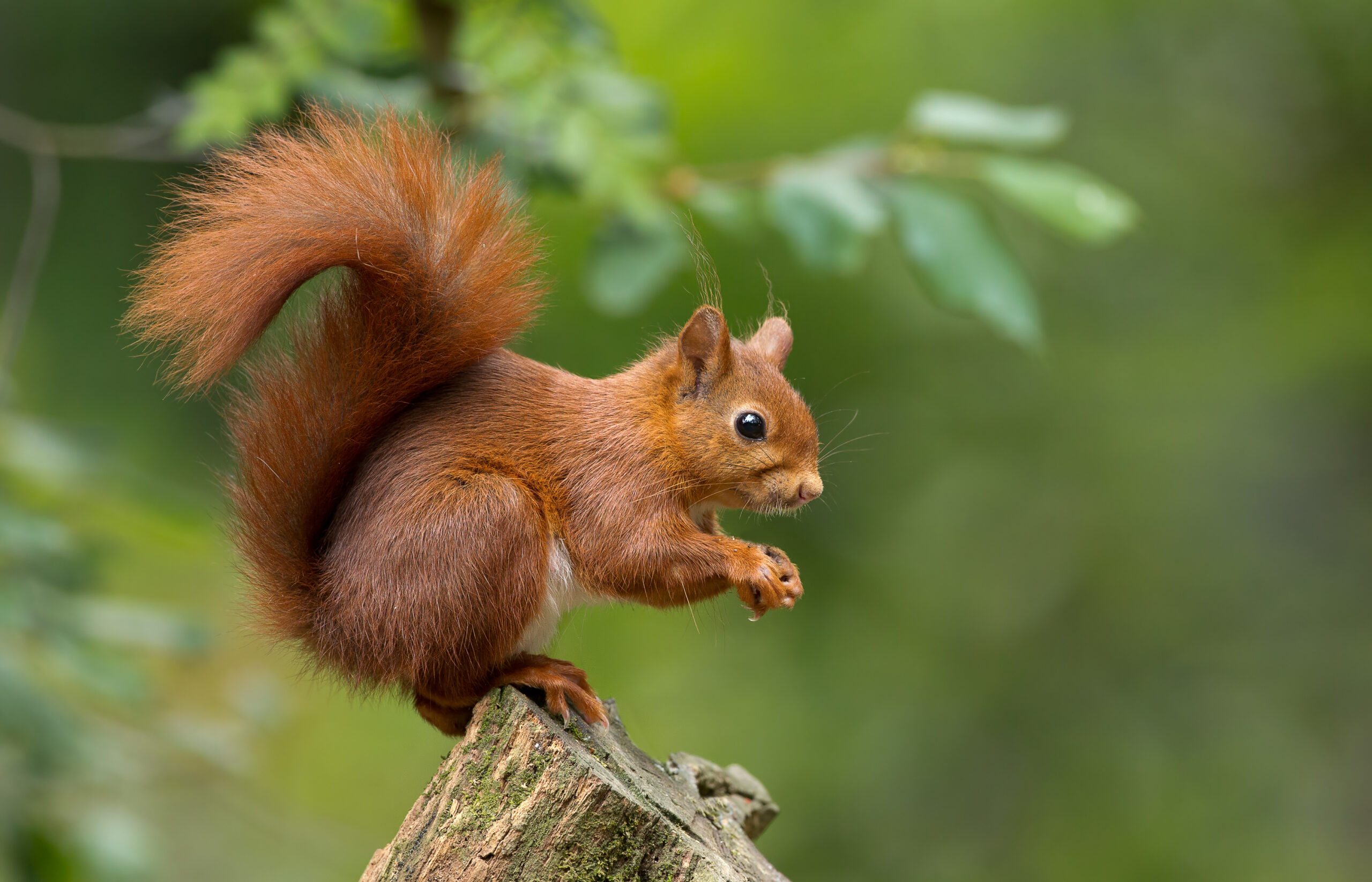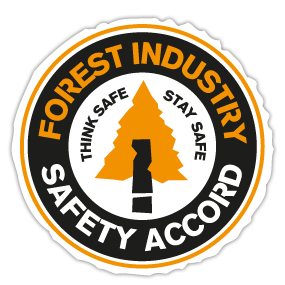Introduction:
As a leading tree care company, we understand the vital role that trees play in creating thriving and sustainable environments. When it comes to replanting in gardens or commercial schemes, the choice of trees becomes crucial. In this blog, we will delve into the immense benefits of selecting native trees, exploring their impact on ecosystems and the wider environment. Additionally, we will highlight the significance of native shrubs and flowers. Under separate headings, we will present a comprehensive list of the top 10 native trees for replanting, providing insights into their growth habits, dimensions, and unique characteristics. Let’s embark on a journey to discover the wonders of native trees and their extraordinary contribution to our surroundings.
The Importance of Choosing Native Trees:
Native trees are the backbone of healthy ecosystems. They have evolved over time to thrive in specific regions, making them well-adapted to local climates, soils, and wildlife. By choosing native trees when replanting in gardens or commercial schemes, we ensure numerous benefits for the environment and our communities:
- Biodiversity and Habitat Conservation:
Native trees support biodiversity by providing habitat, food sources, and shelter for a wide range of wildlife. They have intricate relationships with native insects, birds, and mammals, contributing to the delicate balance of local ecosystems. By choosing native trees, we help preserve and restore biodiversity, creating healthier and more resilient environments. - Adaptation to Local Conditions:
Native trees have evolved to withstand local climate conditions, including temperature, rainfall patterns, and soil types. They are naturally suited to thrive in their specific regions, requiring less maintenance and resources. By choosing native trees, we ensure their ability to adapt to local conditions, resulting in healthier and more sustainable landscapes. - Ecosystem Services:
Native trees offer a multitude of ecosystem services. They improve air quality by absorbing pollutants and releasing oxygen. Native tree roots help prevent soil erosion, stabilize slopes, and improve water infiltration. Their canopies provide shade, reducing the urban heat island effect. Native trees also sequester carbon dioxide, mitigating climate change. By planting native trees, we maximize the benefits these trees provide to the environment and society. - Cultural and Heritage Value:
Native trees hold cultural and historical significance. They are deeply intertwined with local traditions, folklore, and identities. By planting native trees, we preserve our cultural heritage and strengthen our connection to the land. Native trees also contribute to the unique character and sense of place in a region, enhancing the aesthetic appeal and creating a distinctive atmosphere.
Native Trees: Top 10 Choices for Replanting:
- Oak (Quercus robur):
- Growth Habit: Broad, spreading crown with sturdy branches.
- Mature Dimensions: Height: up to 30m, Spread: up to 20m.
- Standout Characteristics: Majestic presence, attractive acorns, and support for over 280 insect species.
- Ideal Planting Conditions: Prefers well-drained soils, preferably slightly acidic to neutral. Best suited for open spaces, parks, or large gardens where it has ample room to grow.
- Beech (Fagus sylvatica):
- Growth Habit: Elegant, dense canopy with smooth silver-gray bark.
- Mature Dimensions: Height: up to 25m, Spread: up to 20m.
- Standout Characteristics: Vibrant autumn foliage, supports a variety of wildlife, and often forms ancient woodland.
- Ideal Planting Conditions: Thrives in fertile, well-drained soils. Can tolerate shade but performs best in full sunlight. Suitable for both urban and rural areas, including woodland planting and hedgerows.
- Silver Birch (Betula pendula):
- Growth Habit: Graceful, light canopy with distinctive silver-white bark.
- Mature Dimensions: Height: up to 25m, Spread: up to 10m.
- Standout Characteristics: Delicate foliage, wildlife-friendly, and hosts over 300 insect species.
- Ideal Planting Conditions: Adaptable to various soil types, including well-drained and even poor soils. Prefers full sunlight and is well-suited for smaller gardens, parklands, or as an ornamental tree.
- Scots Pine (Pinus sylvestris):
- Growth Habit: Conical shape with distinctive reddish-brown bark.
- Mature Dimensions: Height: up to 35m, Spread: up to 10m.
- Standout Characteristics: Hardy, adaptable, provides nesting sites for birds, and is a symbol of Scotland’s forests.
- Ideal Planting Conditions: Thrives in well-drained sandy or loamy soils. Prefers full sunlight and is well-suited for large gardens, coastal areas, or open landscapes. Not ideal for compacted or waterlogged soils.
- Rowan (Sorbus aucuparia):
- Growth Habit: Compact, rounded crown with clusters of vibrant red berries.
- Mature Dimensions: Height: up to 15m, Spread: up to 8m.
- Standout Characteristics: Berries attract birds, attractive spring blossoms, and rich folklore associations.
- Ideal Planting Conditions: Adaptable to a range of soil types, but prefers moist, well-drained conditions. Can tolerate partial shade but performs best in full sunlight. Suitable for small to medium-sized gardens and woodland edges.
- Field Maple (Acer campestre):
- Growth Habit: Rounded crown with green-yellow foliage turning to a beautiful orange in autumn.
- Mature Dimensions: Height: up to 20m, Spread: up to 15m.
- Standout Characteristics: Ideal for urban environments, supports diverse wildlife, and is often used for hedgerows.
- Ideal Planting Conditions: Adaptable to various soil types, including clay and chalk soils. Tolerates partial shade but prefers full sunlight. Suitable for urban environments, hedges, or as a specimen tree.
- Wild Cherry (Prunus avium):
- Growth Habit: Broad, spreading crown with clusters of white flowers in spring.
- Mature Dimensions: Height: up to 25m, Spread: up to 12m.
- Standout Characteristics: Showy blossoms, edible fruit, and provides nesting sites for birds.
- Ideal Planting Conditions: Thrives in well-drained, moderately fertile soils. Prefers full sunlight but can tolerate partial shade. Well-suited for parklands, woodland edges, or as an ornamental tree.
- Wild Service Tree (Sorbus torminalis):
- Growth Habit: Compact, rounded crown with distinctive lobed leaves.
- Mature Dimensions: Height: up to 15m, Spread: up to 10m.
- Standout Characteristics: Rare and valuable tree, supports a wide range of wildlife, and produces small edible fruits known as “chequers.”
- Ideal Planting Conditions: Thrives in moist, well-drained soils, preferably loamy or sandy. Prefers full sunlight or partial shade. Suitable for woodland planting, parklands, or mixed hedgerows.
- Hornbeam (Carpinus betulus):
- Growth Habit: Distinctive pleated leaves, forming a dense and rounded crown.
- Mature Dimensions: Height: up to 20m, Spread: up to 15m.
- Standout Characteristics: Beautiful autumn colors, ideal for hedging, and supports woodland flora and fauna.
- Ideal Planting Conditions: Adaptable to various soil types, including clay and chalk soils. Tolerates shade but prefers full sunlight. Suitable for hedges, woodland edges, or as a specimen tree in gardens.
- Yew (Taxus baccata):
- Growth Habit: Dense, dark-green needles and red berries.
- Mature Dimensions: Height: up to 20m, Spread: up to 15m.
- Standout Characteristics: Long-living, evergreen foliage, rich historical symbolism, and provides shelter for birds.
- Ideal Planting Conditions: Adaptable to a wide range of soils, including sandy, loamy, or clay soils. Tolerates shade but prefers full sunlight. Suitable for formal gardens, hedging, or as an ornamental tree.
Conclusion:
Choosing native trees for replanting in gardens or commercial schemes is a decision that goes beyond mere aesthetics. Native trees contribute significantly to the overall health and sustainability of ecosystems. By supporting biodiversity, providing habitat for wildlife, and offering numerous environmental benefits, native trees play an essential role in creating a greener and more balanced world. Let’s work together to preserve our natural heritage. To learn more about native trees or to request a quote for our tree care services, contact us at info@abouttrees.co.uk or book a quote online at [insert Calendly link].
References:
- The Royal Horticultural Society (RHS)
- The Woodland Trust
- The Wildlife Trusts








